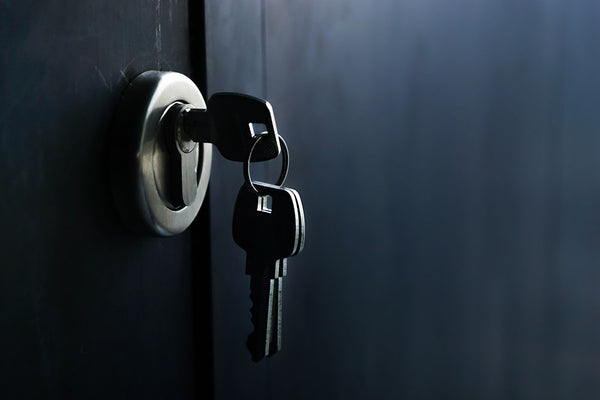Lock In Your Industrial Design with the Right Security

When designing enclosures, it’s crucial to know exactly how much security the end user requires. That single detail will determine which products—including locks—you must use for the ideal user experience. Choosing the wrong lock for the required security level will create hazards for the end user that could be detrimental.
Low Security: Slam Locks
When you’re designing for a low-threat environment, you may only require a mechanism for keeping doors closed against wind and similar factors without the use of a key. Mechanisms like those found in standard slam locks work well for when the end goal is simply to keep a container door from opening suddenly. Composed of a latch and a spring, this simple, economic design only requires a single swipe of the latch to open the door. The slam locks are also available in screw-on and weld-on models, granting your design additional versatility.
Normal to High Security: Keyed Handles and Combination Locks
In a normal security environment, you’ll have containers and enclosures requiring limited access, such as closets, lockers, and storage sheds. This sort of security requires a key, so you’ll likely want a door handle-lock combination. Take note that each lock comes with a limited set of keys. The end user may need to purchase extra keys for any personnel requiring access to the container.
So many keys can become a nuisance, however, so there are ways to circumvent them. Some handles have two locking features: a combination lock and a traditional keyhole. Though more expensive than the slam locks or the traditional keyed handles, these locks provide end users with a couple of different access choice, and users can decide to only use one locking feature at a time.
Because of this, the lock may be better suited in low traffic environments or locations already under strong security. Combinations are easy to share, and if everyone knows the combination, the combination lock isn’t very useful.
These combination locks can work well in high-security environments, however. By activating both the combination lock feature and the keyed featured, you can use the combination locks in high-security environments. End users will need both the combination and the key to get through the lock, creating an extra hurdle for intruders. However, it’s still not as secure as our next option.
High Security: Dual Locks
For environments that need extra security, use locking mechanisms that require twice the number of keys. Some locks incorporate the standard keyhole, but also feature a hook to accommodate a third-party padlock over the handle, granting additional security. With such a locking system installed, users can’t stumble upon a single key in the area and get through the lock—they’ll also need a key to the padlock to open the lock with the handle.
Contact me today to learn more about how EMKA, APC, and Tripp Lite locks can add additional value to your design.